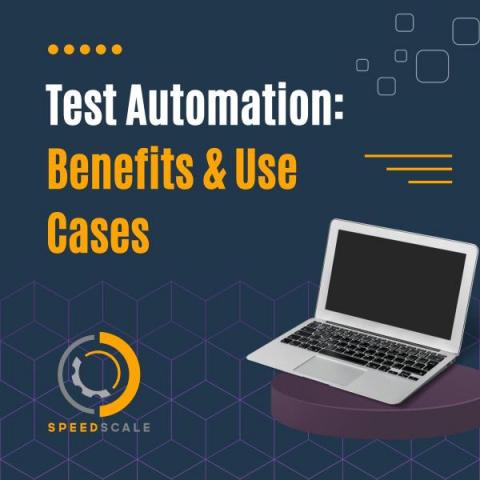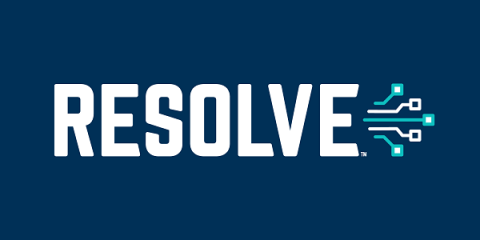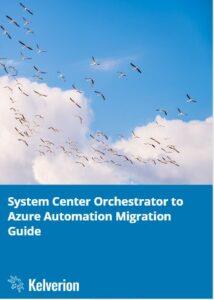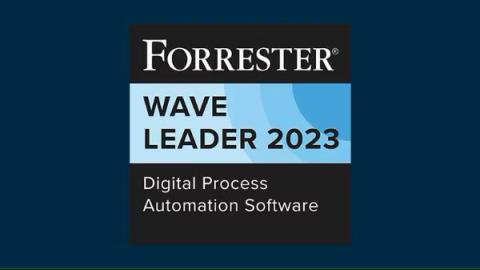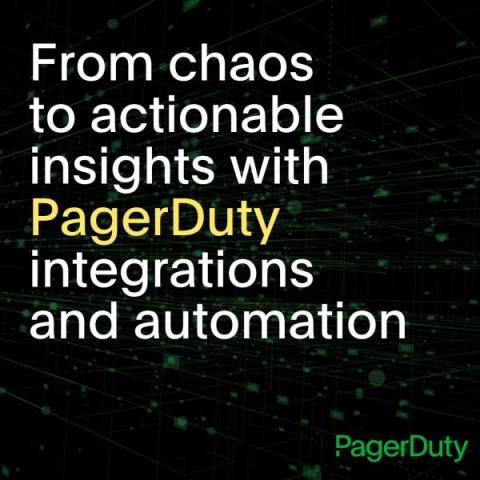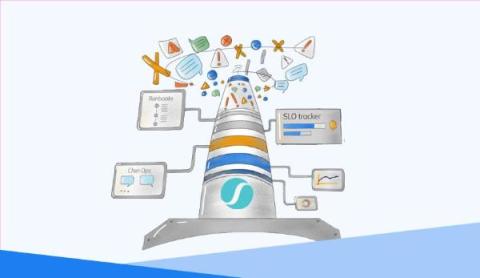Operations | Monitoring | ITSM | DevOps | Cloud
Automation
Resolve Systems Recognized as a Representative Vendor in the 2023 Gartner Market Guide for Network Automation Platforms
Gartner®, in its latest Market Guide for Network Automation Platforms released November 2023, followed the company’s track record of research that provides recommendations to industry leaders, showcases market trends, and shares next-level automation insights.
System Center Orchestrator to Azure Automation Migration Guide
For companies using Microsoft System Center Orchestrator versions 2016, 2019 or earlier who are looking for a replacement for their aging Orchestrator systems, they have an option to migrate to a new 64 bit version Orchestrator 2022 (more details on this can be found in the Kelverion Orchestrator Best Practices Guide) but many companies are considering replacing their Orchestrator system entirely and are looking for guidance.
ServiceNow is a Leader in Digital Process Automation Software
I’m excited to announce that ServiceNow has been named a Leader in the Forrester Wave™: Digital Process Automation Software, Q4 2023. We credit this acknowledgement to our performance and strategy in governance, end-to-end orchestration, and AI. Additionally, we believe this recognition is made possible by the unwavering support of our customers, their innovative use of the Now Platform, and their valuable feedback shared with analysts.
DevOps Automation and DevOps Best Practices
In the dynamic landscape of software development, the adoption of DevOps has become a cornerstone for organizations aiming to deliver high-quality products at a rapid pace. DevOps, a fusion of development and operations, emphasizes collaboration, communication, and automation throughout the entire software development lifecycle.
4 Reasons Why NOCs Need Incident Response Automation
Incident response in a Network Operations Center (NOC) is cumbersome and time-consuming. There are many steps, many sources where incidents come from, and a long, long list of complexities involved. For instance, for incident response with a NOC, there’s the initial monitoring – Tier 1 functions of “eyes on glass” work of looking at alerts coming in and what they’re for, such as a security breach, performance issue, a hardware failure, among others.
From Chaos to Actionable Insights with PagerDuty Integrations and Automation
It’s 2023. In today’s world, every company and individual, regardless of their industry, relies on software to increase productivity. Our users expect our technology to be available and reliable at all times. If your software serves businesses within a single country during regular working hours, they expect it to be available throughout that time. Easy, right?


